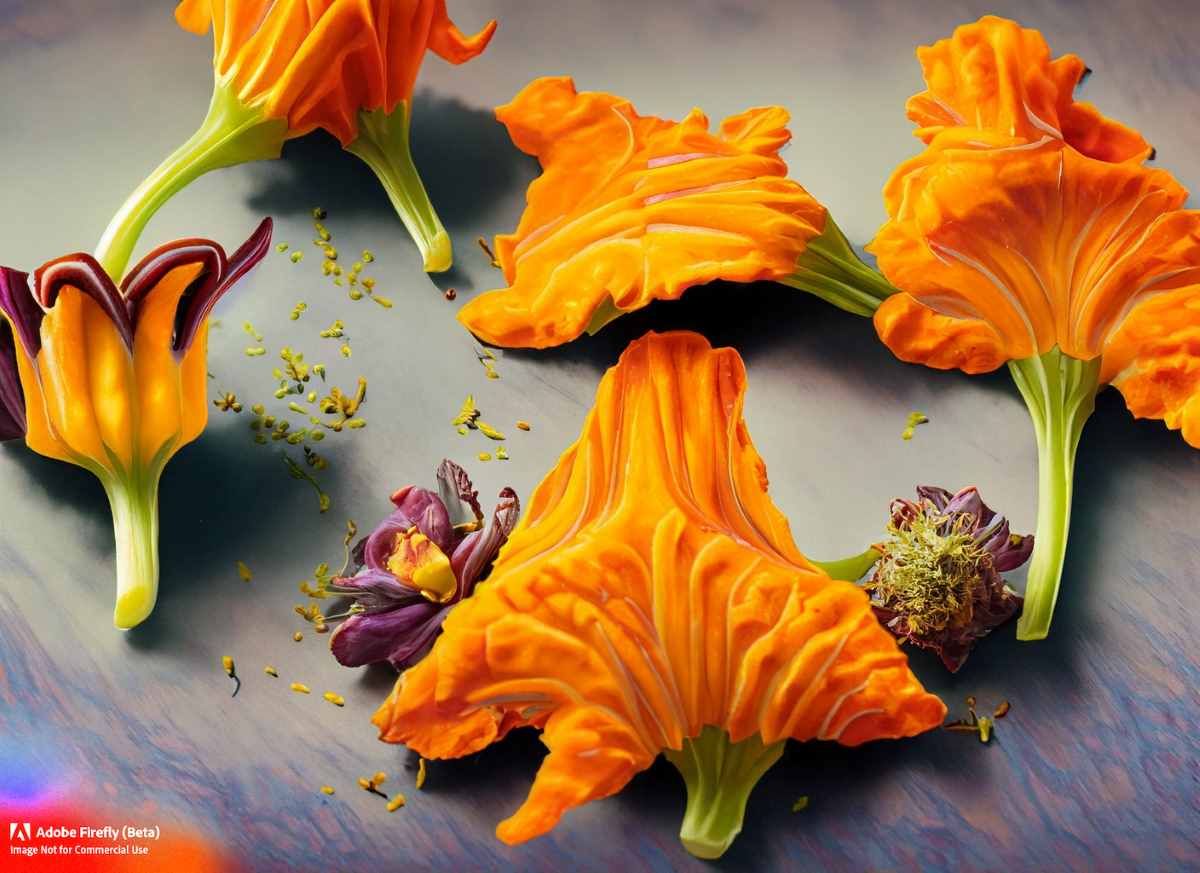Edible Flowers: Exploring Mexico's Culinary Heritage and Beyond
Discover the world of edible flowers and their role in global cuisine, with a focus on Mexico's rich culinary heritage. From saffron to capers, learn about the most popular flowers used in cooking, their health benefits, and traditional preparation methods.





